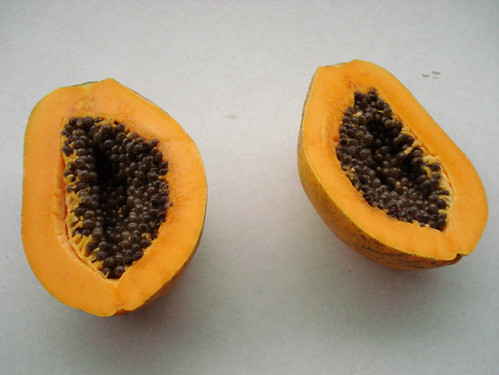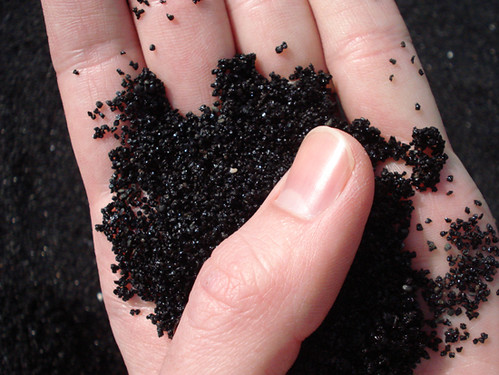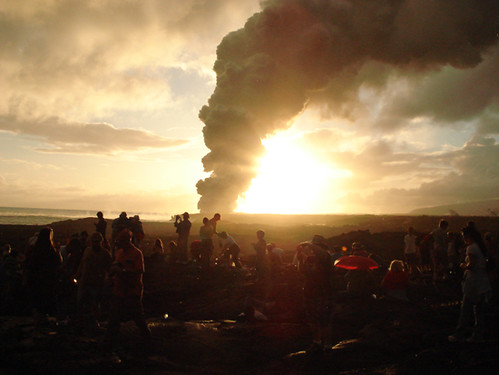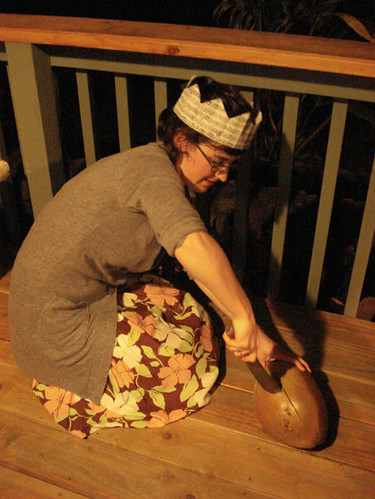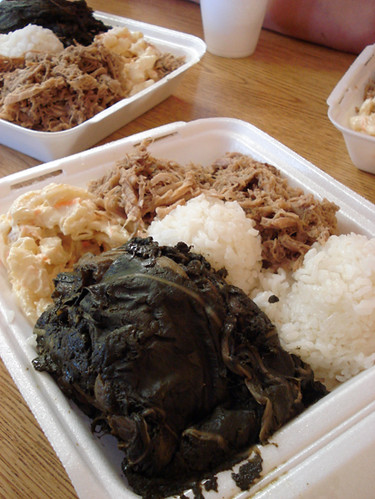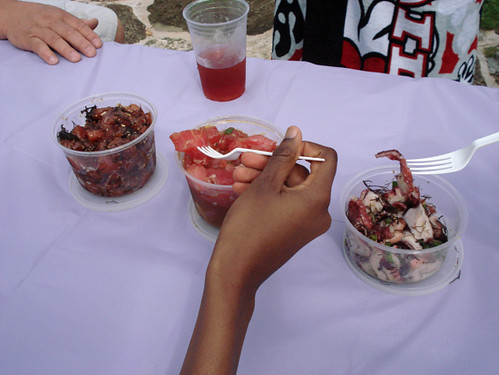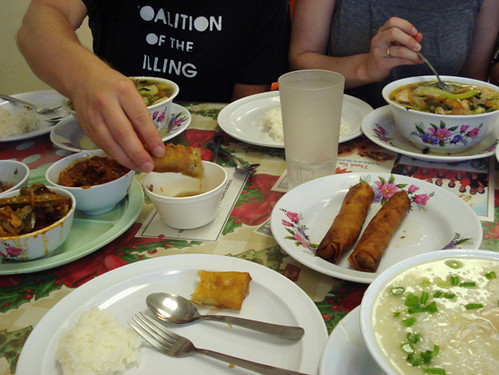
I can not think of a year in recent memory that has begun with such a glum national mood as 2009. It was as if everyone collectively decided that the end of 2008 was so disheartening (I'm looking at you, economy) that we might as well resign ourselves to this year being even worse. Time to hunker down, hole up, and stick it out. Let's call it the "Year of the Fallout Shelter."
Now, what surprised me was that a lot of writers didn't necessarily take the same tack. While there have certainly been a fair amount of dire predictions for restaurants and shops closing in the coming year, a lot of critics seem like they took it upon themselves to argue against their own apocalyptic visions and implore readers to think about the impact of their dollars.
Portland Mercury's Not Invited Back 2009 list featured a rant against "status dressing" that offered this positive upswing:
Taking its cue from a time when purchases were made bearing the long term in mind, and quality took precedence over mass-marketing and instant gratification, even the fashion world is adopting a more serious approach. And with manufacturing jobs in your country, and your city, directly affecting the quality of your own life, you might find yourself more inclined, when you do spend, to put your money back into the hands of your neighbors.That same issue interviewed local designers on their advice for the new year, to which Moth Love owner Gretchen Jones responded that 2009 should focus on:
Simplicity in design/function/production. Inflated outsourcing of overly available goods versus handmade, independent, and SLOW (made-to-order) fashion. Approach design uniquely. Be savvy in your selections and who you support. Yours is mine, is ours, is mine. This is the time to refine.There it was - another plea for carefully-considered shopping. Over the next few days, I caught notice of similar sentiments in a lot of New Year's articles and not just on fashion. Food critics implored their readers to patronize local restaurants more in the coming year and Carrie Brownstein, over on Monitor Mix, resolved to better her concert-going, paying more money for worthwhile bands and avoiding free shows.
But of all the articles and ideas I've collected, the one that keeps resonating for me comes from last November, though it perfectly primed me for everything I later read. Bruce Sterling, on the Worldchanging blog, called for a dramatically redefined relationship with our stuff. (To really get into it, read past some of his first thoughts on global living to the second-half, when he starts talking about the "hairshirt green" mentality.) Sure, there is some geeky multi-tool evangelism in there, but these ideas are really rich:
You need to re-think your relationship to material possessions in terms of things that occupy your time. The things that are physically closest to you. Time and space.Read the whole damn thing. Seriously. It's simple and encouraging advice:
Do not "economize." Please. That is not the point. The economy is clearly insane. Even its champions are terrified by it now. It's melting the North Pole. So "economization" is not your friend. Cheapness can be value-less. Voluntary simplicity is, furthermore, boring. Less can become too much work.
-Only own things that improve your life in some way (you can set those terms).
-Buy fewer, nicer items from which you'll get more use.
-Live better.
Even though his general idea is familiar, Sterling brings to it a new emphasis on quality of life. Women's magazines have been preaching a similar ethos for years (how to style one dress for five looks), but always with the focus being on frugality. The "voluntary simplicity" movement has also argued a related concept, but all too often, as Sterling points out, it's quickly been pushed to the extremes of "buy nothing" day, which doesn't work towards any improvement of a system, just its refutation. Where, then, is the room for deliberate, positive action?
So, before this post becomes a bibliography of all of the things that have been bouncing around my brain recently, I'm going to (try to) lay out my own little synthesis of all of these New Year's predictions and exhortations: the P & A economic stimulus plan!
It comes down to this: take Sterling's idea, but extend the quality of life concept to your community. Make your purchases from businesses that make good neighbors. Choose products that contribute to a better world. Easy.
Really, this shouldn't be difficult to adapt to this idea. You already make these decisions about the kind of world you want to live in all the time when you make purchases. For example - do you want to live in the kind of world where you don't stink? Then you buy deodorant. See how simple this will be?
First off, this is going to mean some serious spring (February?) cleaning and editing. We'll clear out the things we never use and put them under the scrutiny of a 17-year old at Buffalo Exchange to see if we can make a few bucks back on them. Anything we can't sell is going to Goodwill.
Now I'm not advocating for going on a shopping spree to single-handedly kick-start the economy, but I am saying that purchases are inevitable and they need to be considered. For us, this might mean that when we replace our computer, we do it at a local shop. If we're needing new threads? We'll make fewer, smarter purchases from better boutiques and stop wasting our time with places that sell serialized fashion. And when we're hungry (which we'll inevitably and frequently be), we'll make sure we're eating at restaurants we love and continuing our farmer's market boosterism. Skip IKEA. Forget Target. Go vintage and handmade and locally-owned. The trouble will surely come with the basics - how many small office supply stores are in business any longer; is there even a place to buy socks and underwear that isn't in a mall? It will be a year of searching these places out.
2008 shaped up to be the "year of doing it for ourselves" - preserving, baking, stitching, cooking, and making of all sorts. Now, those practices have become so ingrained in our routine that it's difficult to remember how we passed our time before them. They certainly won't be going anywhere, but for 2009, let's get over the worn-out idea of a "year of living simply" and make this fun: a year of living awesomely.


